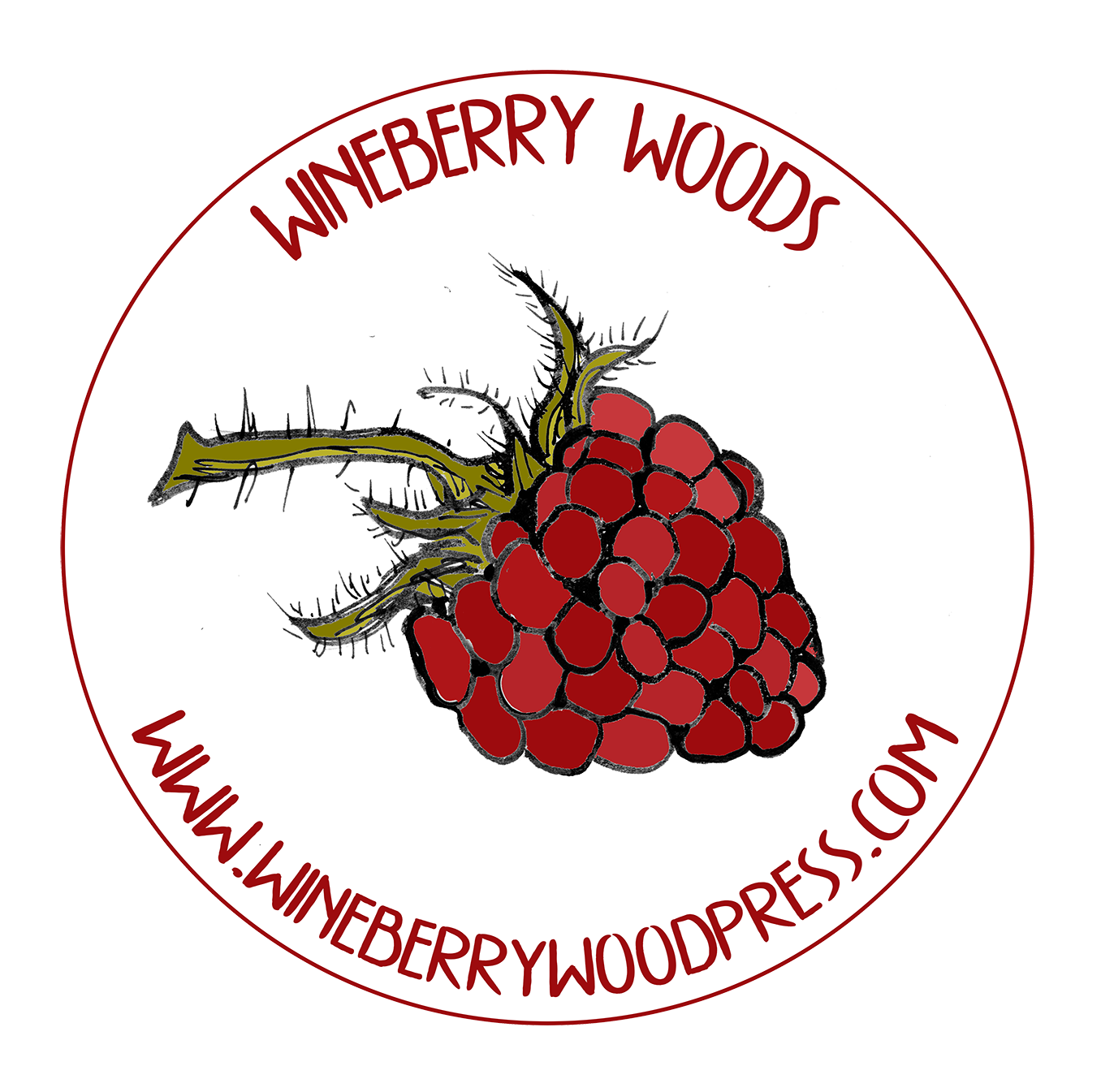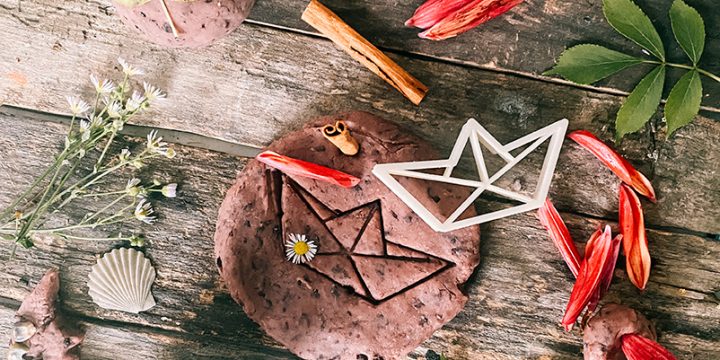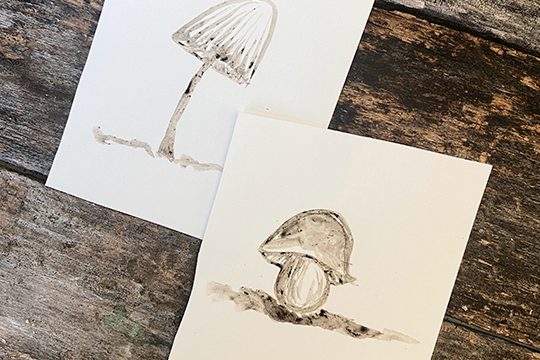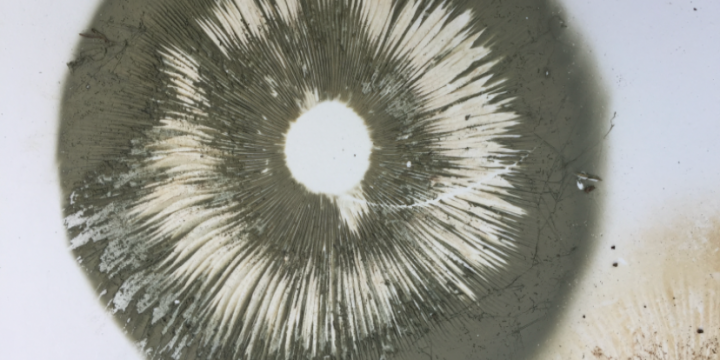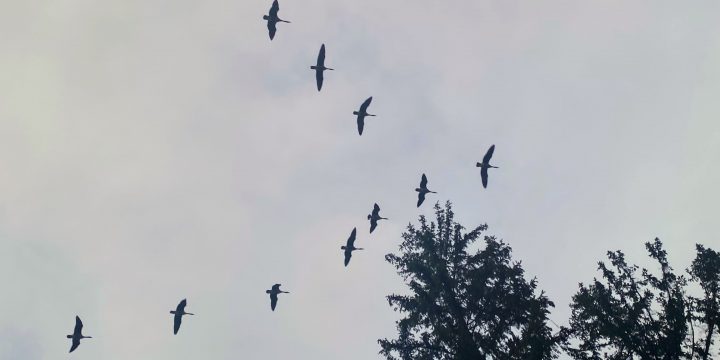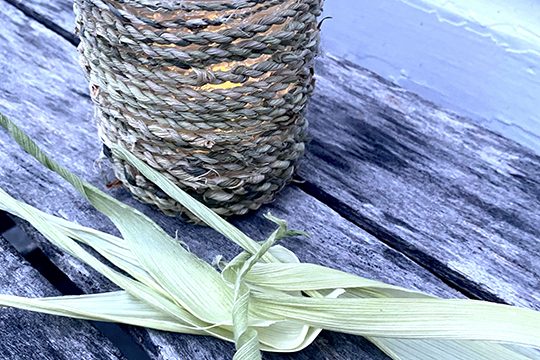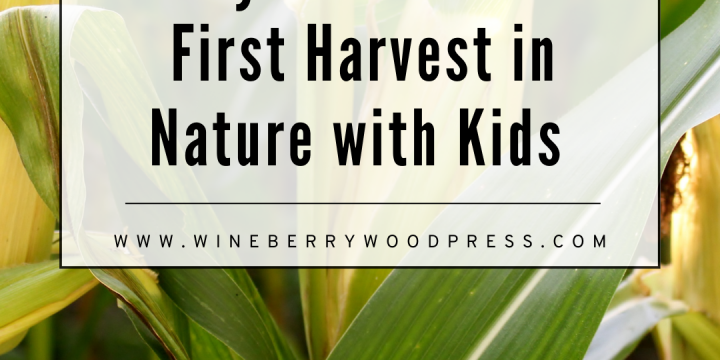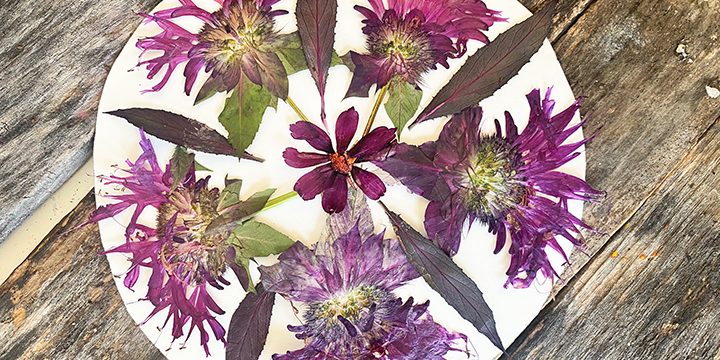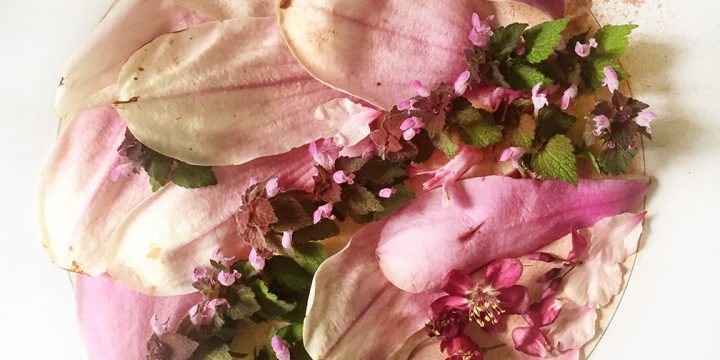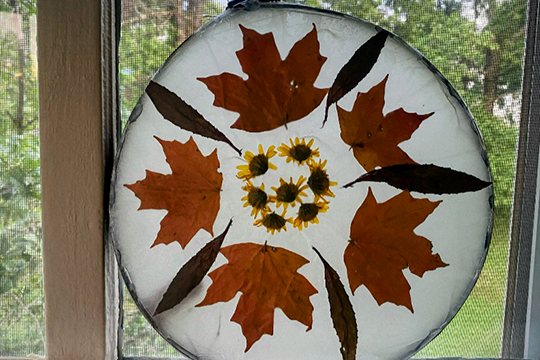
Little Leaf Baskets to Store up for Winter
One of my favorite things about seasonal midpoints is that they reflect what is happening in nature-- and different cultures all over the place have similar observances. As I was researching Equinox around the world this year I stumbled across a random mention of the the French Republican Calendar- which was briefly instituted in France after the French Revolution. They instituted a calendar that began the year on the Autumn Equinox and had months named after things happening in nature. The first month was named for the grape harvest. This got me thinking about phenology which the science of tracking seasonal changes. (And one of my favorite things!) I decided to go for a walk in the garden and see what seasonal changes might inspire me. Sadly I don't have…
